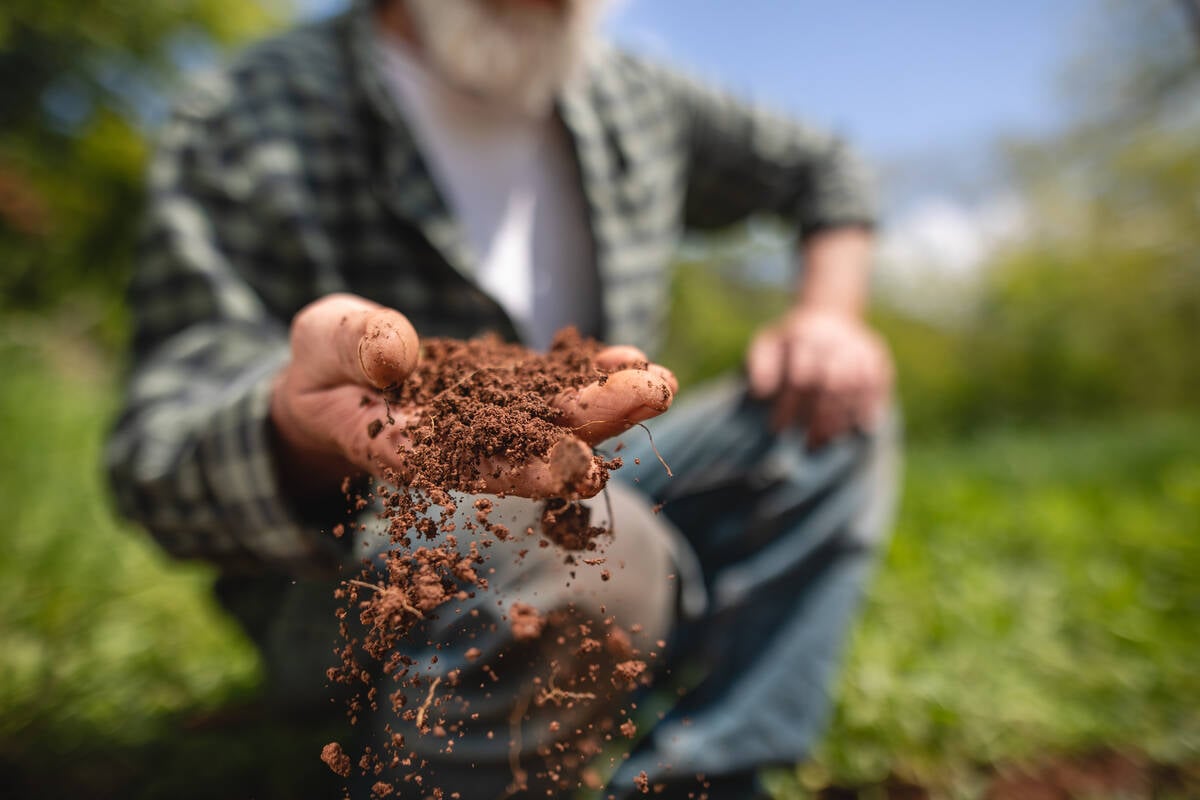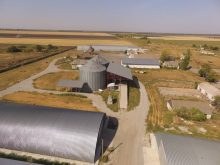Winter in Ukraine this year looks quite Canadian, with frequent snows and severe frosts, ice-covered roads and power lines.
Of course, we are not very pleased with such a rampage of winter elements this year, because the electricity in Ukrainian houses is unreliable.
I read in the news about what is an ordinary event for us – over Kyiv, our military shot down 11 drones that were trying to damage the power system. Almost every morning brings similar news.
Read Also

Finally getting paid for sustainable farming?
Alberta project says they might have a line on a workable ecosystem credit model to reward farmers for sustainability, and Manitoba might be next
About once a week, we sit in the dark and turn the dials on scarce battery-powered radio receivers to catch the mobile internet. In this mode, we will celebrate Christmas, then the New Year, and then Christmas again, and another New Year.
Due to the peculiarities of the outdated calendar, all dates of church holidays in Ukraine are shifted by two weeks. In practice, we celebrate Christmas not on Dec. 25, but on Jan. 6, and St. Nicholas comes to our children on Dec. 19.
Several years ago, after the Ukrainian church gained independence from the Russian church, it was decided to celebrate Christmas on Dec. 25 and on Jan. 6 as well, in light of long-standing tradition.
Similarly, Ukrainians traditionally celebrate the New Year on Jan. 1, and Jan. 14 is the so-called Old New Year, Shchedryk Vechir, in the Ukrainian tradition.
[More reporting from Ukraine with Ihor Pavliuk
The world knows the melody of the sacred song that Ukrainians sing on this day. It is the well-known Carol of the Bells, an ancient Ukrainian song.

“Shchedryk” translates to bountiful evening, which is based on a traditional folk chant adapted by Ukrainian composer Mykola Leontovych. Eventually, it crossed the ocean and became part of the North American culture.
Christmas carols are part of the celebration of Christmas and the Old New Year in Ukraine, and I am happy this tradition remains. On the evening of Jan. 7, Ukrainian children take big bags, put on shiny clothes and go around neighbouring houses singing songs called kolyadky.
These kolyadky (carols) are old songs that tell about the birth of Christ and creation of the world. For children, such greetings are a way to get money and sweets.
A similar event takes place on Jan. 14, and that’s when Carol of the Bells is sung. “Shchedryk” tells about a swallow that flew to a farmer and prophesied his wealth.
Walking in the evening on snowy and frosty streets, visiting houses and receiving money and candy, is a great joy. My 15-year-old son made a shiny star on a big stick. With this symbol of Christmas, he plans to visit as many houses as possible. I did the same thing in my childhood.
A meal of celebration
On the evening of Jan. 6, Ukrainians traditionally have 12 different dishes on their table that symbolize the 12 months of the year. It begins with kutya, which is boiled soft wheat mixed with poppy seeds and honey or sugar. Wheat symbolizes abundance and poppy seeds, as far as I know, ward off evil spirits.

At the same time, deedukh is brought into the house. It is a sheaf of wheat or rye, and the name is Ukrainian for grandfather. Most likely, this sheaf symbolizes ancestors who want their descendants to have enough to eat.
Christmas Eve in Ukrainian culture is a time for all sorts of unusual things. Legend has it that at this time, cattle can talk, and if the farmer quietly goes into the barn and hides, he will be able to hear what his cows and horses are saying. The animals should be given delicious food so they can celebrate too.
Several weeks of various holidays and rituals begin now in Ukraine. This is not just an ancient tradition, it is a part of us that comes from our childhood and our ancestors. It is a continuous thread of time.
I am glad my son Petro managed to communicate a lot with my late grandfather, also named Petro, who was born in 1930. He told him about the times when there was no electricity in houses, which were built of clay and covered with straw, and when a piece of bread had the highest value.
My grandfather survived the Russian-caused famine of Holodomor in 1933, and also survived the Nazis during the Second World War.
We will survive too, and we will celebrate Christmas by candlelight. Although we have two Christmases, everyone has one dream – the dream of our victory and peace.
















